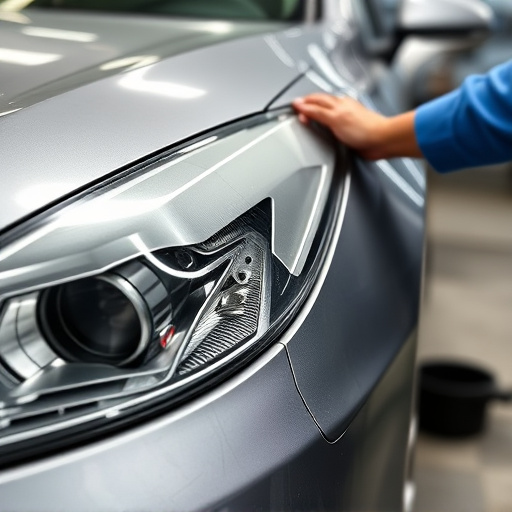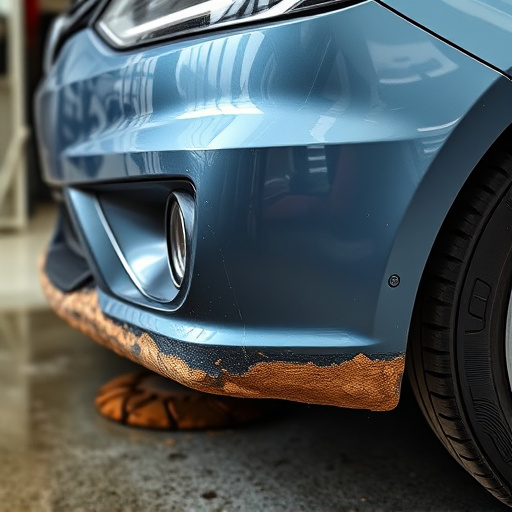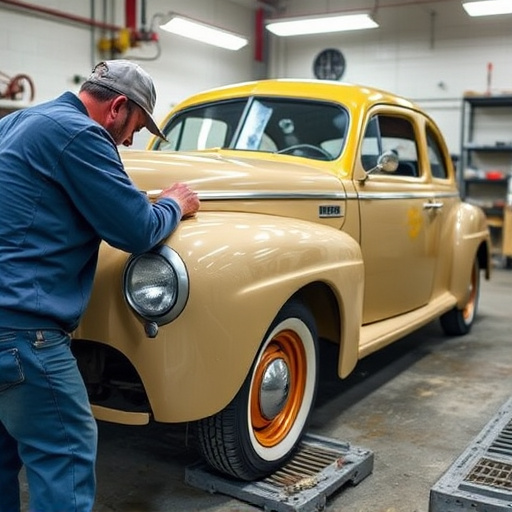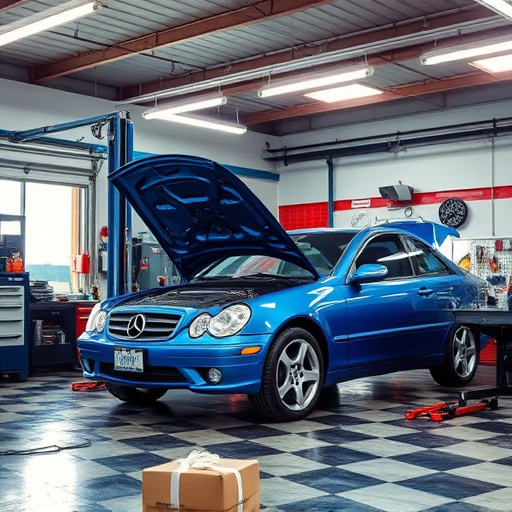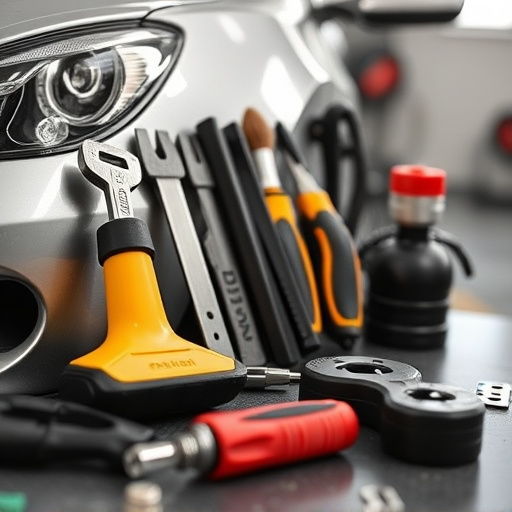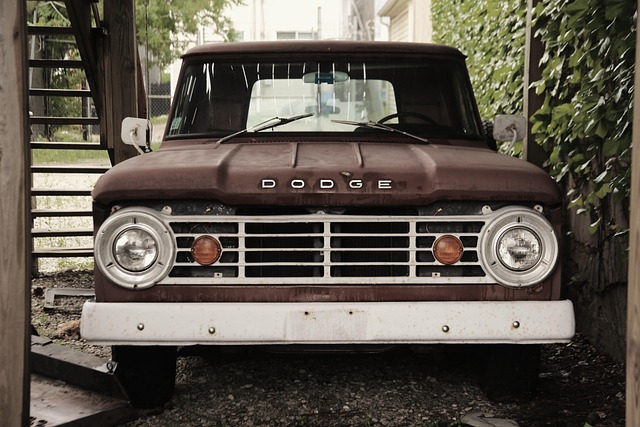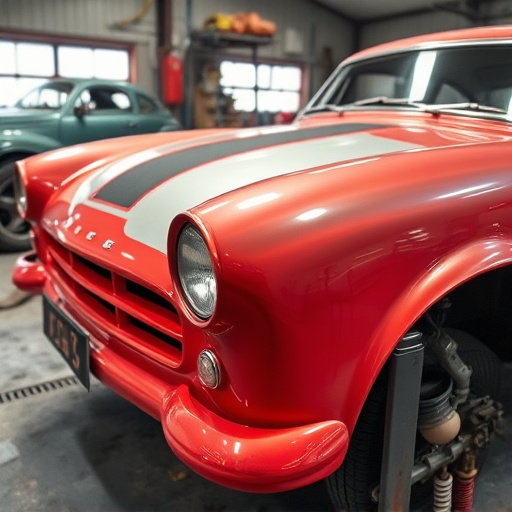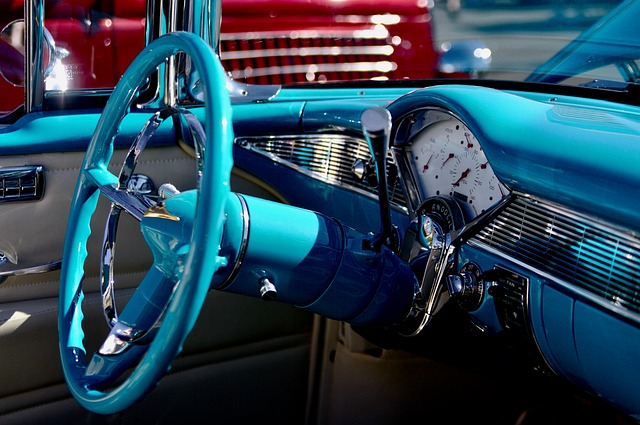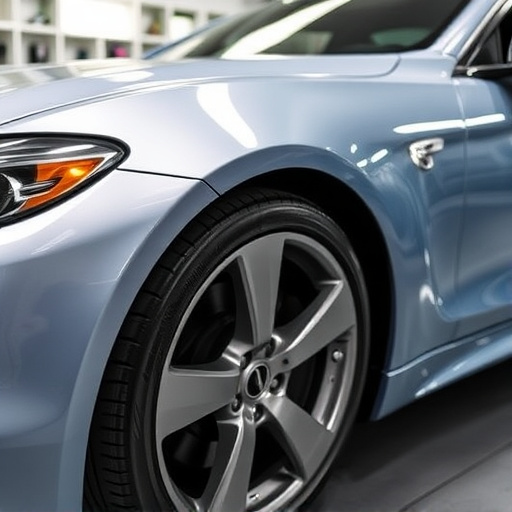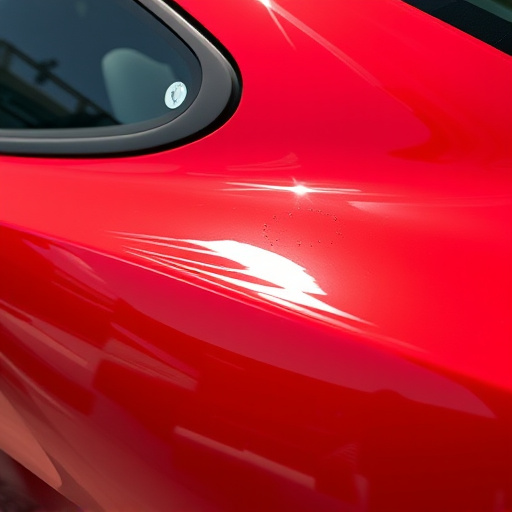Paintless Dent Repair (PDR) is a cost-effective and non-invasive auto detailing technique for minor dents, gaining popularity among car owners seeking swift restoration without extensive collision repair. Trained professionals use advanced tools to gently push dented areas back into their original position, preserving the factory finish and retaining vehicle value. For severe or complex dents, traditional auto body work may be needed. Choosing reputable services specializing in PDR ensures tailored, high-quality repairs for your vehicle's unique needs.
Is PDR (Paintless Dent Repair) for minor dents still a worthwhile investment of your time and money? This article delves into the pros and cons, exploring whether this non-invasive technique is the right choice for your car’s cosmetic needs. From understanding the process and its benefits to considering limitations and weighing the overall value, we guide you through the decision-making process, helping you determine if PDR for minor dents is still worth your while.
- Understanding PDR for Minor Dents: The Process and Its Benefits
- Considerations and Limitations: When Is PDR Not the Best Option?
- Weighing the Pros and Cons: Is PDR Still Worth Your Time?
Understanding PDR for Minor Dents: The Process and Its Benefits

PDR for minor dents, or Paintless Dent Repair, is a specialized auto detailing technique that has gained immense popularity among car owners looking to restore their vehicle’s appearance without extensive collision repair. This non-invasive method involves using trained professionals and advanced tools to gently remove dents from a car’s body panel, leaving no visible evidence of damage. The process begins with careful inspection to determine the severity of the dent. If it’s suitable for PDR, technicians employ various techniques such as using air pressure or specialized tools to push the dented area back into its original position.
One of the primary benefits of PDR for minor dents is its cost-effectiveness compared to traditional collision repair. Since it doesn’t involve sanding, painting, or replacing panels, it significantly reduces labor costs and time spent in a auto collision center. Additionally, PDR preserves the factory finish, ensuring your car retains its original look and value. This makes it an attractive option for those seeking a quick, efficient, and affordable solution to minor dents, while also providing a convenient alternative to visiting a collision repair shop.
Considerations and Limitations: When Is PDR Not the Best Option?

While PDR for minor dents offers numerous advantages, such as cost-effectiveness and quick turnaround times, it’s not always the best solution. When considering car dent repair, factors like the severity of the dent, its location, and the overall condition of the vehicle play a crucial role. For instance, deep or complex dents that involve multiple panels or have affected the structural integrity of the car may not be suitable for PDR. In such cases, traditional auto body work or more advanced methods might be necessary.
Additionally, the skill and experience of the technician are essential. Not all professionals specializing in PDR can handle every type of dent effectively. If a repairer lacks expertise in dealing with specific damage, the outcome may not meet expectations. Therefore, it’s vital to research and opt for reputable car repair services that offer PDR as part of their auto body work menu, ensuring you receive high-quality repairs tailored to your vehicle’s unique needs.
Weighing the Pros and Cons: Is PDR Still Worth Your Time?

When considering PDR for minor dents, it’s crucial to weigh both the benefits and drawbacks of this car dent repair method. On the pros side, PDR (Paintless Dent Repair) is a non-invasive technique that preserves your vehicle’s original factory finish, maintaining its resale value and aesthetic appeal. It’s also cost-effective compared to traditional bumper repair or car body repair methods, making it an attractive option for drivers looking to avoid expensive panel replacements.
However, there are also drawbacks to keep in mind. PDR may not be suitable for all types of dents, especially deep or complex ones that involve the vehicle’s sheet metal. In such cases, a more extensive car body repair might be necessary. Additionally, while PDR technicians are skilled, the process does rely on their expertise and the condition of your car’s paintwork. It requires careful handling to avoid further damage or imperfections, which is why choosing an experienced professional for your minor dents is essential.
PDR for minor dents remains a viable option for those seeking cost-effective and minimally invasive vehicle repair. While it may not be suitable for all situations, understanding the process and its benefits can help car owners make informed decisions. By weighing the pros and cons, many find that PDR is still worth their time, offering both economic savings and preservation of their vehicle’s original appearance. However, recognizing when alternative methods might be better suited is key, ensuring the right choice for every dent.

